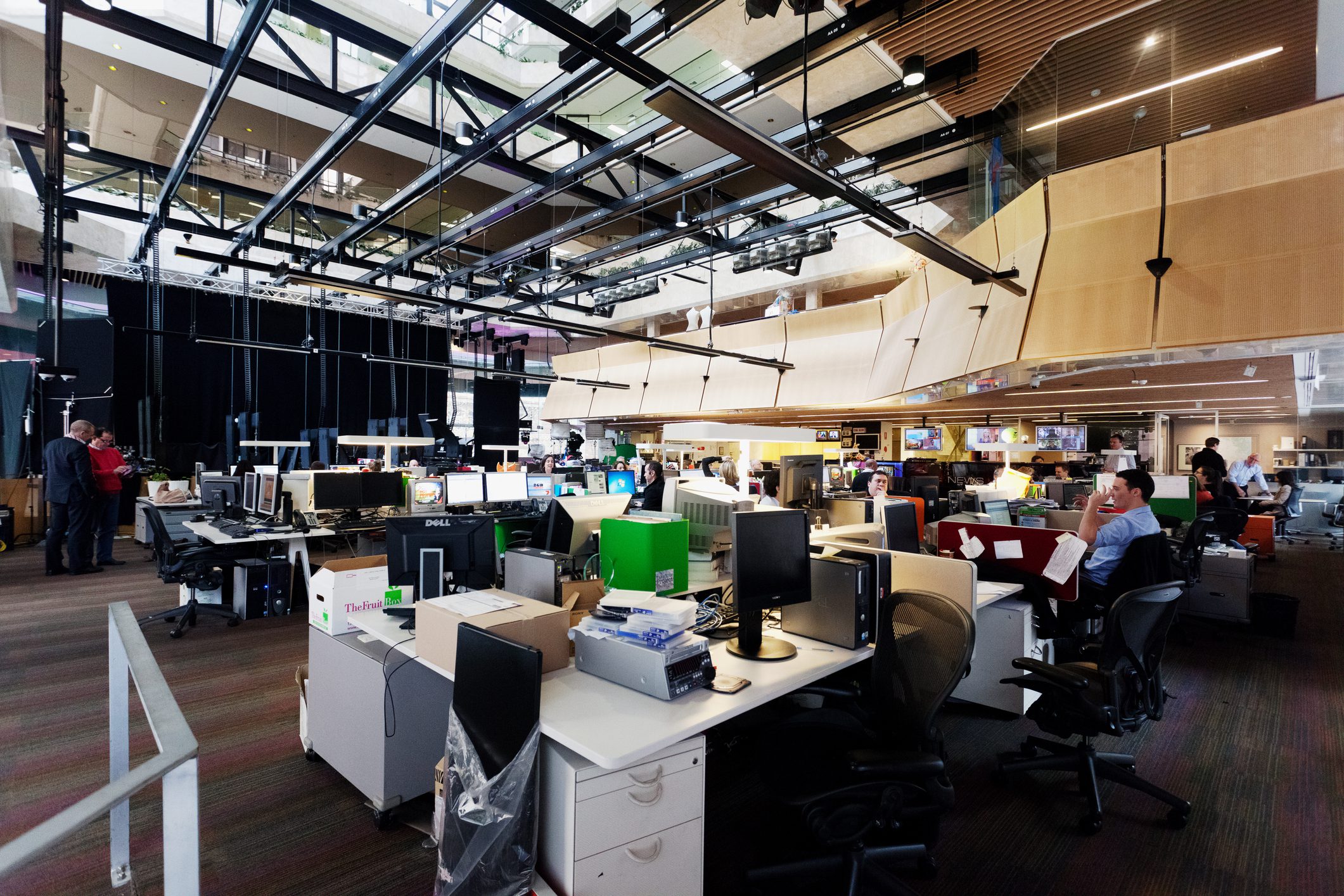“The D brand represents authority, style, and boldness. We are not shy in our opinions because we are fervently in love with our city. In everything we do, we want to demonstrate, highlight, and encourage the best in our city.”
The story of Bill Hutchinson stunned the city last summer when the successful Dallas real estate developer was charged with sexually assaulting young women at his Lakeside Drive mansion in Highland Park, at his Virgin Hotel in Dallas, and at his home in Laguna Beach, California.
Hutchinson, whose parents were missionaries, had attended SMU and, with his tall stature and faux Hugh Hefner-like style, was fawned over by local media, including D Magazine and DCEO.
He also starred in a TV show, A+E’s Marrying Millions, which featured the developer and his money and his 23-year-old fiancé, whom he’d met when she was in her teens.
Hutchinson’s story is what media types call a “downfall” story, chronicling a super-successful human being’s public dive from fame and (maybe) fortune. It’s the kind of salacious scribble that drives clicks and sells magazines at the newsstand.
And D’s Peter Simek, who left D earlier this month, did well in digging into Hutchinson’s background, interviewing one of his ex-wives (who believes his story of innocence) and also talking to Hutchinson’s accusers.
D Magazine’s late founder and publisher, Lodowick “Wick” Allison, who died in 2020, used to say that downfall stories sold magazines like no other. And indeed, D has been the place to find stories about the fallen over the years: Realtor Eleanor Mowery Sheets, restaurateur Mico Rodriquez, Tom Hicks (the magazine portrayed him on the cover as broke), and former Neiman Marcus sales associate/inmate/wealthy widow Angie Barrett, to name a few.
The tack must work. Dallas’ first city magazine debuted in 1974 and now boasts a circulation of more than 60,000, as well as more than 3.3 million average monthly website page views. It has clearly become an institution in Dallas.
The Hutchinson story got me thinking about how women are treated in local newsroom settings, especially post #MeToo, which brought down 201 powerful men nationally.
Joan Williams, a law professor at the University of California (Hastings), says that while women were once seen as “risky” hires —- we get pregnant, raise kids — now, men carry more liability.
So, when will we see more women in charge of newsrooms across the spectrum?
While women flock to journalism schools as students, few follow into leadership positions in the nation’s newsrooms.
More than two-thirds of journalism/mass communication graduates consist of women, yet the news industry is still only one-third female.
When they finally do land leadership roles in journalism, the tenure of women can be short-lived.
Last year, two female leaders at The Texas Tribune announced departures after only one year: Stacy-Marie Ishmael, the Tribune’s editorial director, and Millie Tran, its chief product officer. Ishmael cited “an absolute brutal year for many people, and especially for nonwhite people.”
Then-publisher Evan Smith at least said he would investigate to “consider the toll that working for The Tribune may take on its employees … not just us as an organization, but us as an industry.”
Both Channel 8 (WFAA-TV) and Channel 4 (KDFW) have had women running their newsrooms for at least a decade.
Carolyn Mungo, the former News Director, is now the general manager of Ch 8. She handed over the reins of the newsroom to Leslie McArdle, also a woman.
Ch 4, the most-watched news operation in the city, is helmed by a woman and has been for several years.
One Long-Term Local Magazine Editor is Male
In the national magazine world, diversity favors females: More magazine editors tend to be female — 59.5% versus 34.6% male — but the whiteness is blinding: nearly 80% are white. And women editors earn 85-96% of what men earn, as Dow Jones recently figured out.
Thirty-nine percent of magazine editors remain at their job for 1-2 years, studies show. Five percent stick it out to 10 years, and just six percent go even longer.
Thus, D’s white male Editor, Tim Rogers, is an anomaly, having been with the magazine since 2001 — almost 21 years, a long run even by his own admission.
His tenure clashes with the “8- to 10-year lifespan of a typical editor” that Wick Allison used as his standard spiel when firing editorial staffers, according to several former D Media employees.
In stark contrast to Rogers’ longevity, a female editor hired to take his place in 2013 lasted less than a single year.
Though it has had investors in the past, D is basically a family business now run by — women: Christine Allison, Wick’s widow, is the editor-in-chief and CEO, and his daughter, Gillea, is the president and publisher.
Full disclosure: I freelanced for D beginning in 1981 under various owners, including one female editor, and worked there exclusively from 2000 to 2010, that magic 10 years.
There are very fine people at D Magazine, including the Allisons. And, like Neiman Marcus, the publication has spawned a sea of talent throughout the city.
But based on interviews with former editors and employees who have passed through the red D door these last several years under the senior Allison’s watch, while the publication trumpets its mission to “make Dallas even better,” a look under the newsroom rug reveals a hypocritical, sexist, and, some would say, misogynistic mass of double standards.
The chief complaint: a male cabal that dominates the newsroom completely, overseen and maintained by Tim Rogers.
To be continued…
Note: The photograph was updated on this story at the photograph owner’s request.






